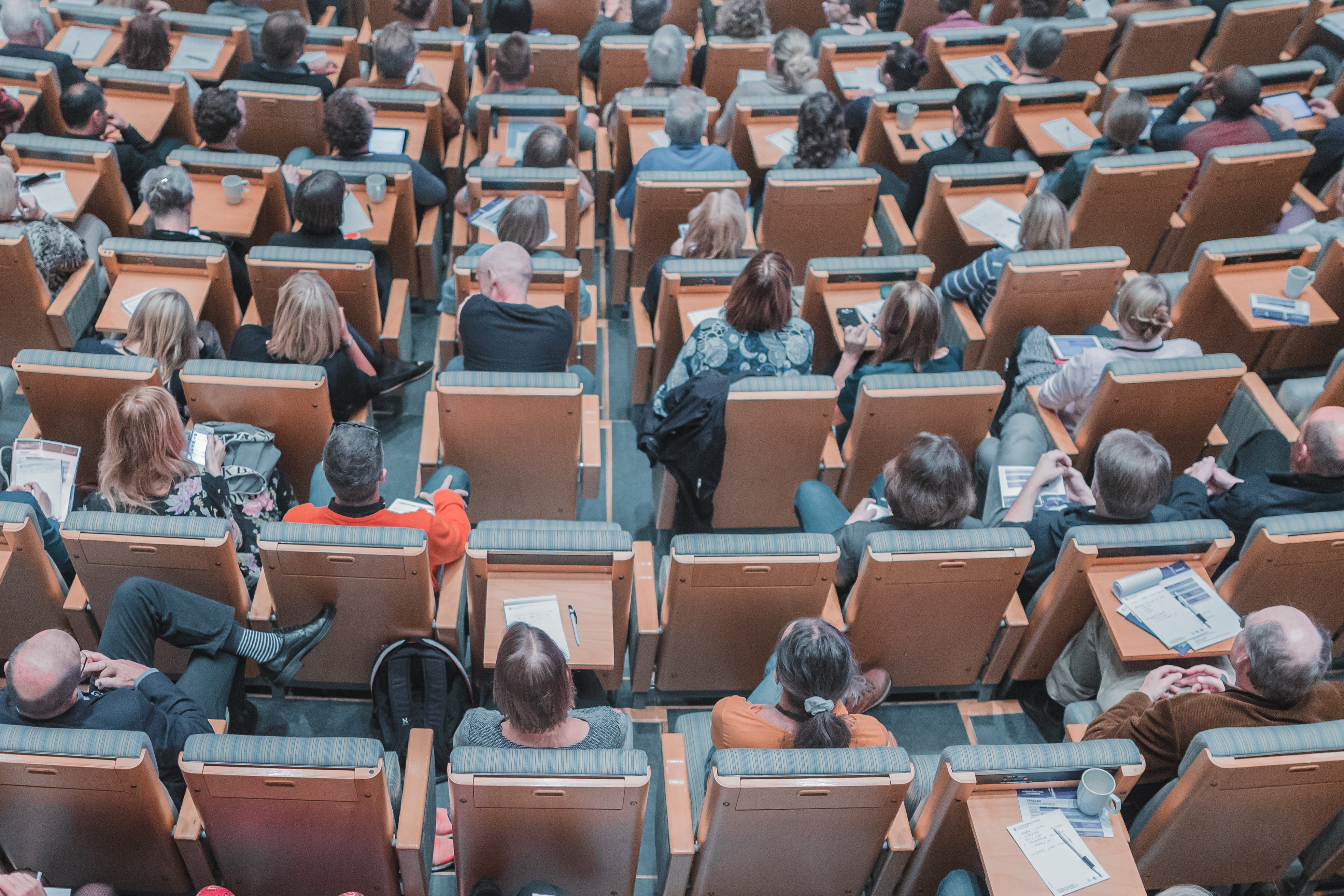Reading & Composition
The Found Object: Discovery in Literature, Art, and Film

“The following work was found in the library of an ancient Catholic family in the north of England. It was printed at Naples, in the black letter, in the year 1529. How much sooner it was written does not appear.”
So begins Horace Walpole’s The Castle of Otranto, the first gothic novel written in 1764, and a text that foregrounds a relatively new literary convention—that of the found object. In this course, we will begin by looking at literature that purports to be the result of discovery, whether of letters, manuscripts, or other documents. We will intrude on the letters of strangers as we read epistolary novels composed entirely of correspondence, and we will enter the world of others as we peek at their diary entries. Moving to film and visual art, we will reflect on found footage and everyday items exhibited as aesthetic objects. As a guiding question, we will consider how discovery as a framing device affects our approach of the material. When does a found object become a significant discovery, and how does the finder’s presentation imbue the object with meaning?
This is a writing- and reading-intensive course. A substantial amount of time will be devoted to writing workshops and instruction, as we develop our critical reading and analytical writing skills. Students will be required to actively participate in class discussion, read (and reread) carefully, and write papers with revisions.
Possible texts include:
Cervantes, Don Quixote (Prologue)
Choderlos des Laclos, Dangerous Liaisons
Bram Stoker, Dracula
Pushkin, The Belkin Tales
Lermontov, A Hero of Our Time
Nathaniel Hawthorne, The Scarlet Letter (“The Custom House”)
Kristopher Jansma, Unchangeable Spots of Leopards
Artwork/film:
Chris Marker, La Jetée
Hannah Höch
Marcel Duchamp